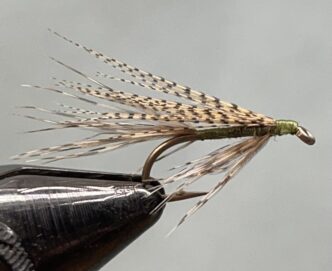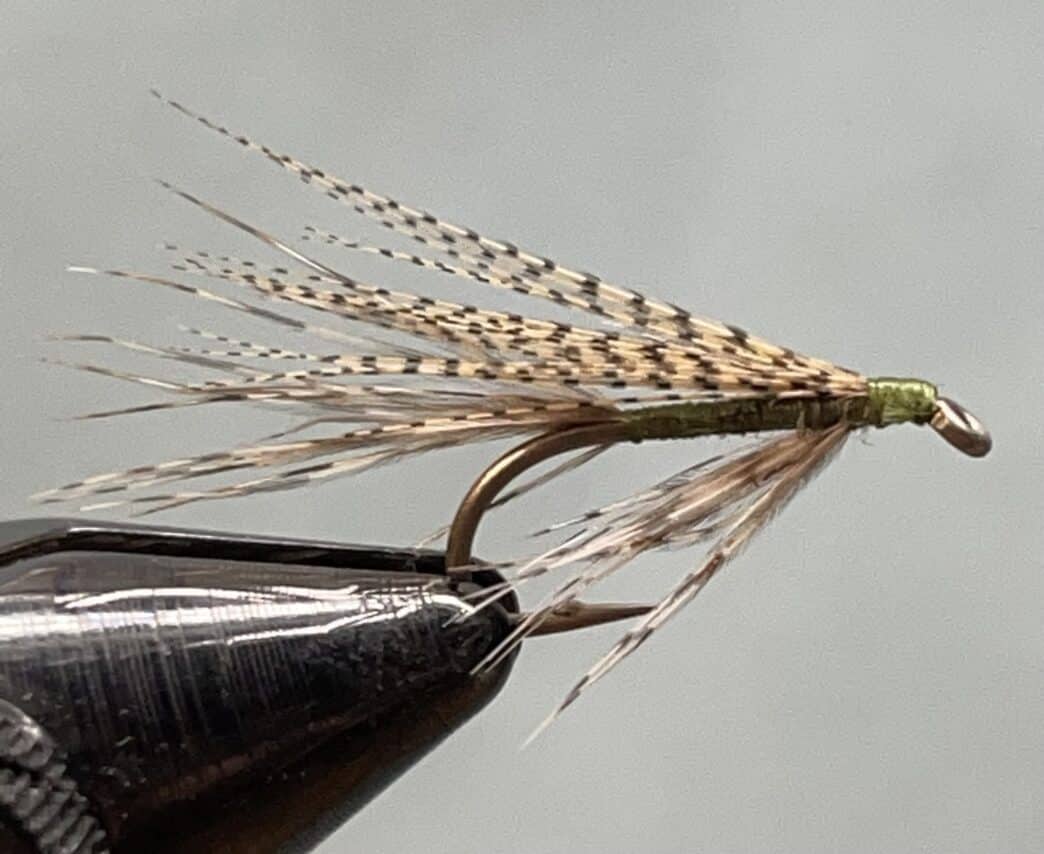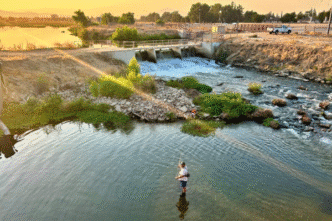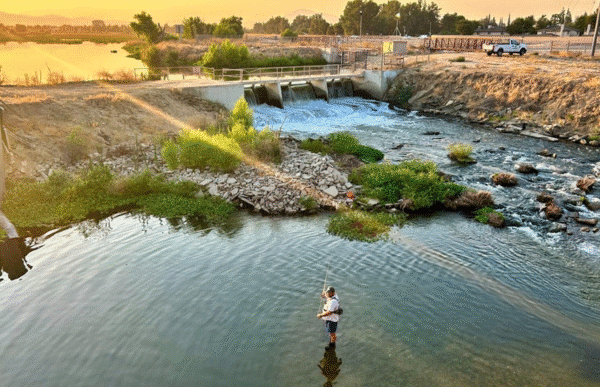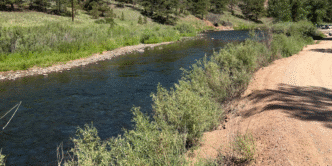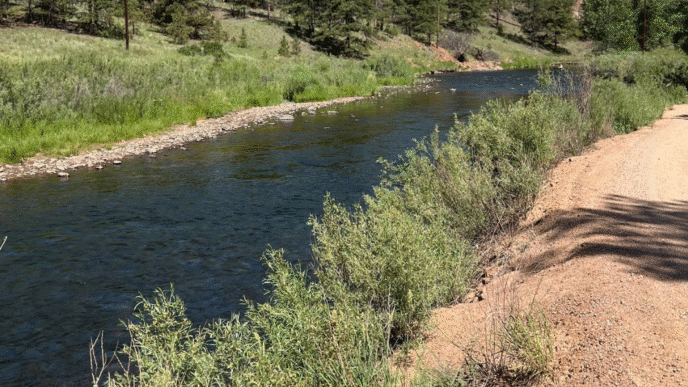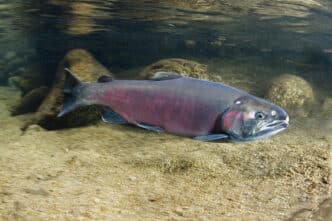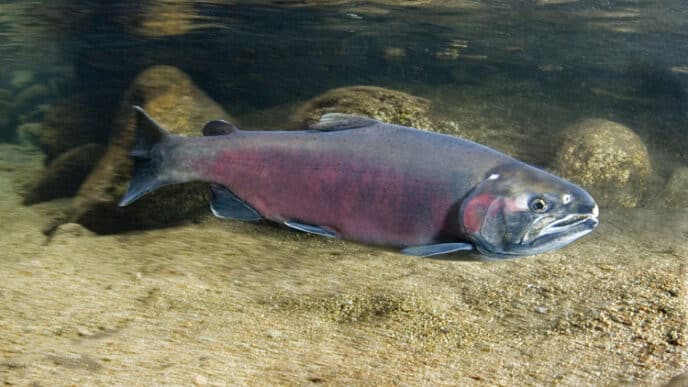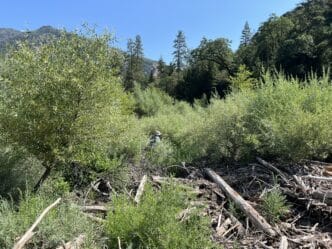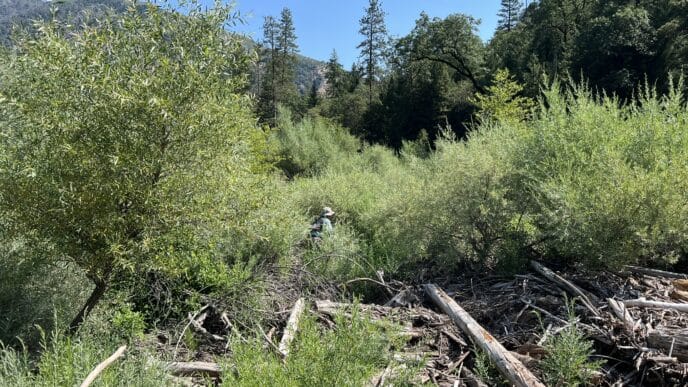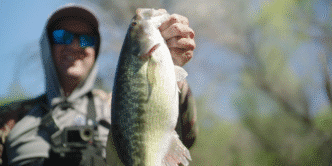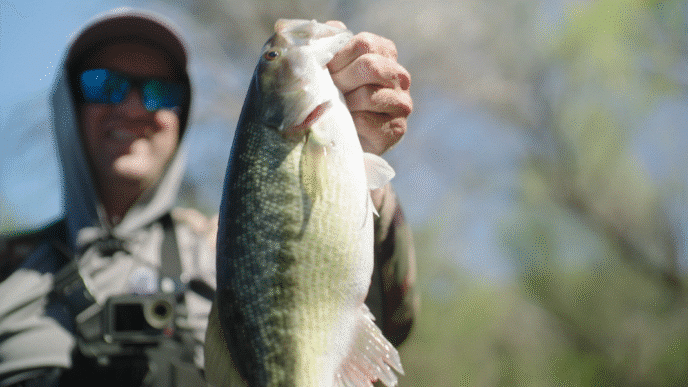Most modern trout anglers rely on dry flies, nymphs, and occasionally streamers. But two productive methods often overlooked are soft hackles and traditional wet flies. These techniques are highly effective, fun, and can prepare an angler for later swinging flies for steelhead. Additionally, because they are less common, they can be excellent options for heavily fished public waters. Unlike the latest nymph patterns from the fly shop, they are also unfamiliar to the trout. Moreover, they have a deep connection to angling history for those who appreciate this aspect of the sport. Finally, if the modern names of fly patterns (Drunk and Disorderly, Sex Dungeon, The Thing from Uranus, Two-Bit Hooker) put you off, you might find yourself more approving of the traditional fly names (Royal Coachman, Parmachene Belle, Greenwell’s Glory, Grizzly King, Silver Doctor).
The difference between soft hackles and traditional wet flies is a bit murky. For our purposes, a soft hackle is a sparsely tied, unweighted or lightly weighted fly made of only a few simple components. To make things even more confusing, there is a third category of wet flies called “flymphs,” which fall somewhere between wet flies and nymphs.
The simplest soft hackle patterns are often called “spiders” and feature only a thin body and sparsely tied hackle. Some patterns add a thorax of fur or peacock herl immediately behind the hackle. This thorax helps prevent the hackle from collapsing against the body. For those who have tied “Intruder” steelhead flies, recall that dubbing is sometimes applied in bulky “stations” to prevent the collapse of marabou or ostrich herl hackle. This is the same idea. Some soft hackle patterns add sparse tails and ribbing. Most soft hackle patterns use hackle from partridge, hen, or various wild birds like starling or snipe.
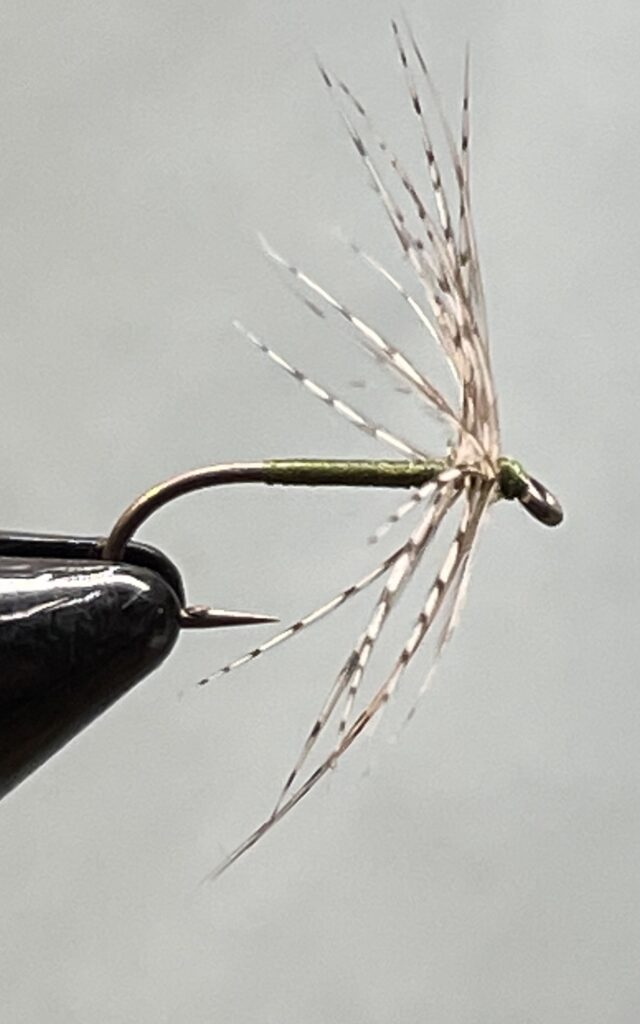
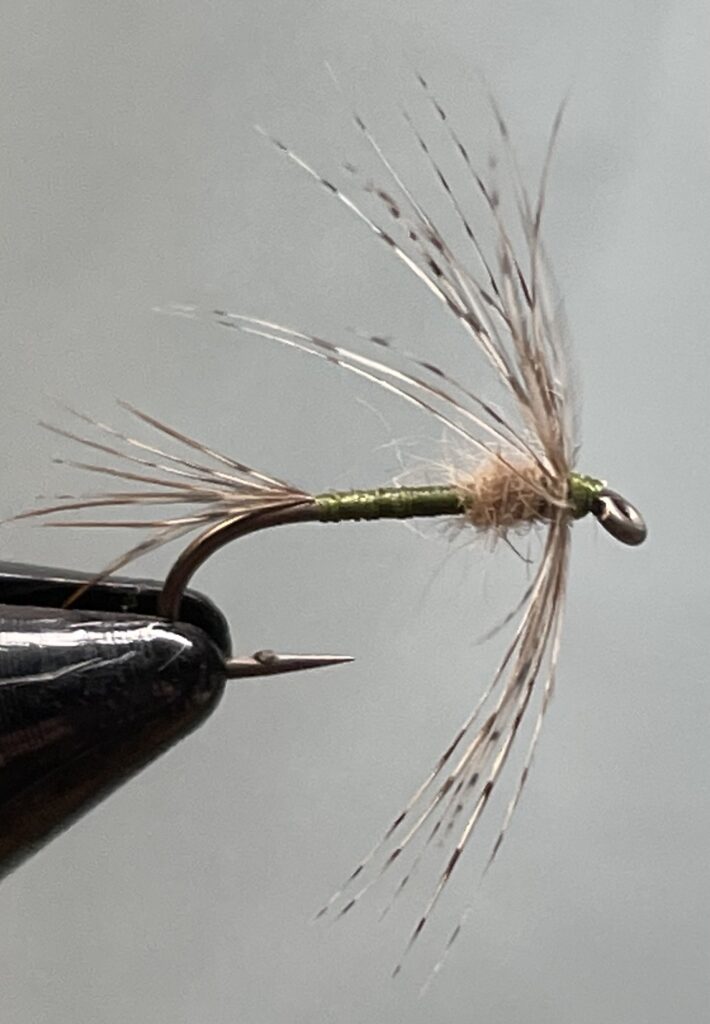
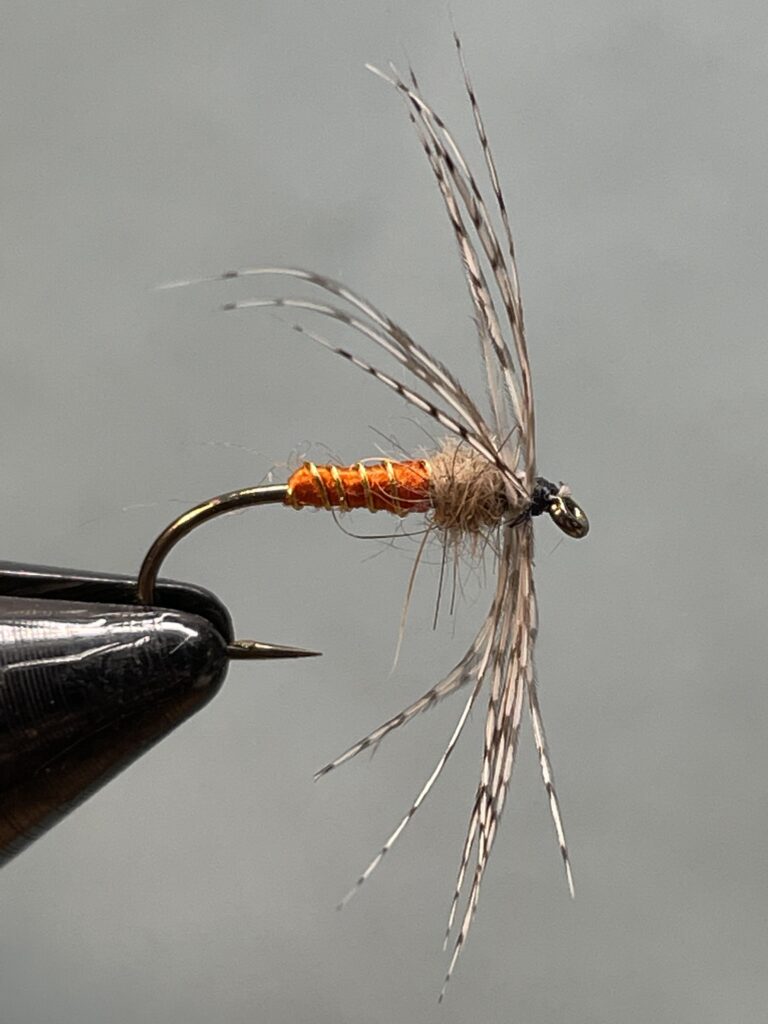
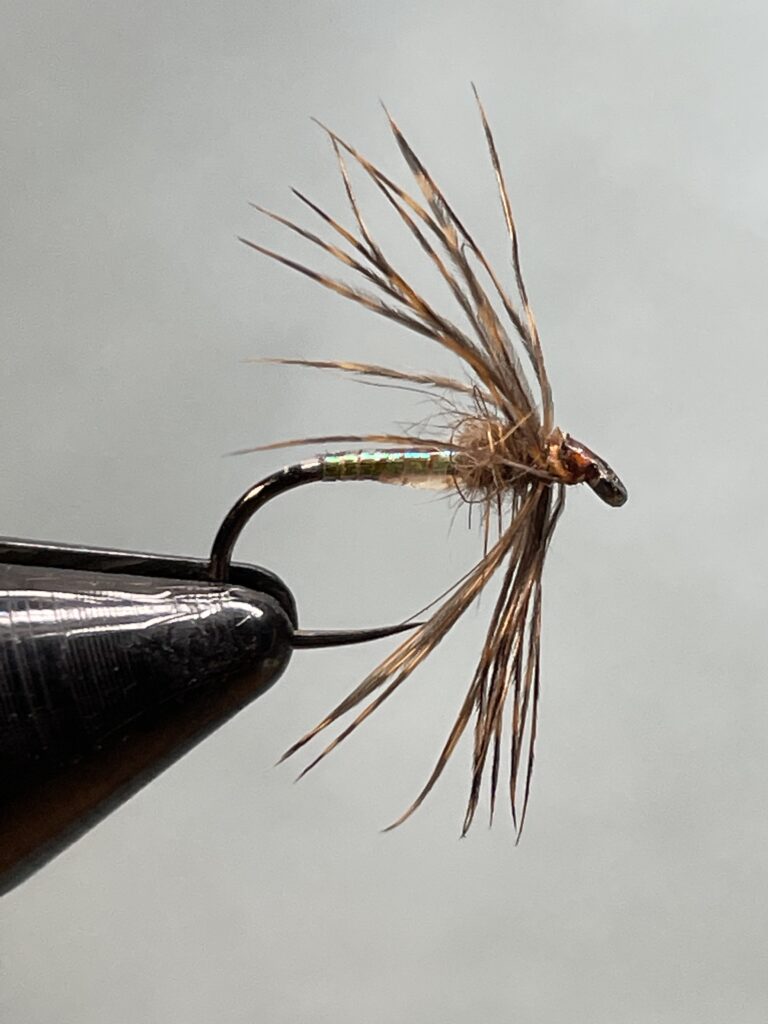
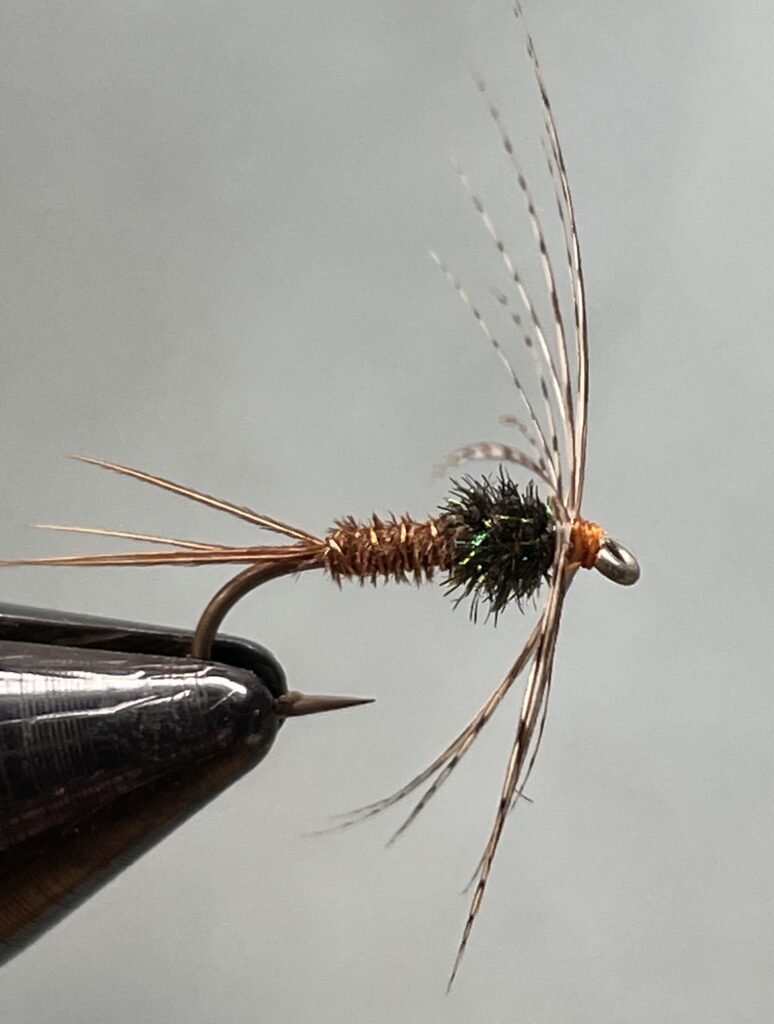
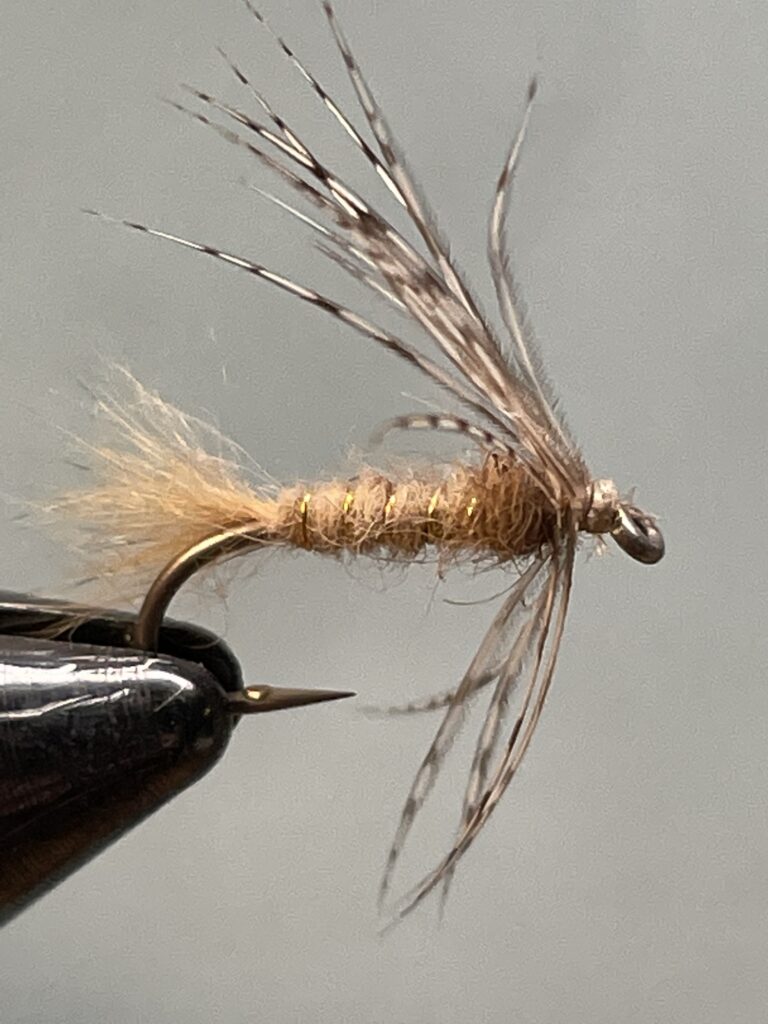
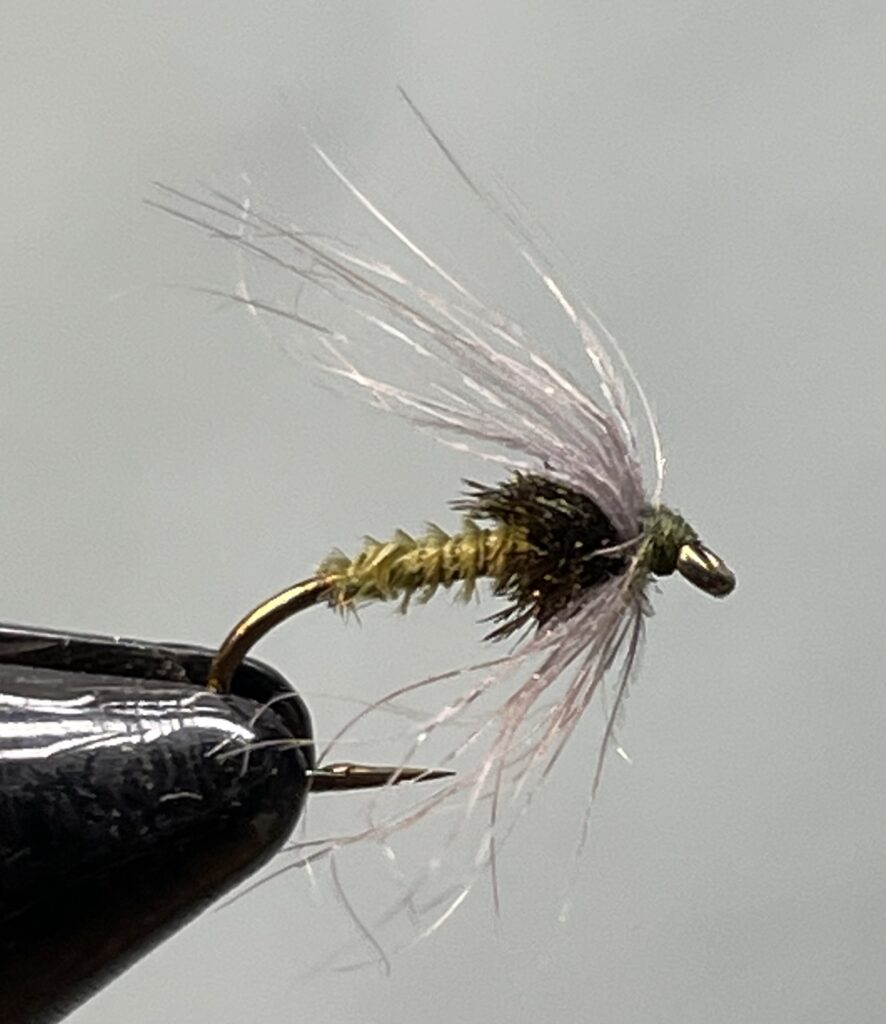
Traditional wet flies contain the components of soft hackles but add wings, generally made from hackle tips, flank feathers (such as teal, mallard, or wood duck), or quill sections (from duck, goose, or turkey). I have personally stopped using quill sections for two reasons. First, they are not very durable and quickly get chewed up, so they no longer look as intended. Second, quill wings, even when tied carefully, can cause the fly to spin when swung or retrieved. This is never a good idea, because natural food sources don’t do that. I mostly use flank feathers—mallard, teal, wood duck, or mottled hen hackle.
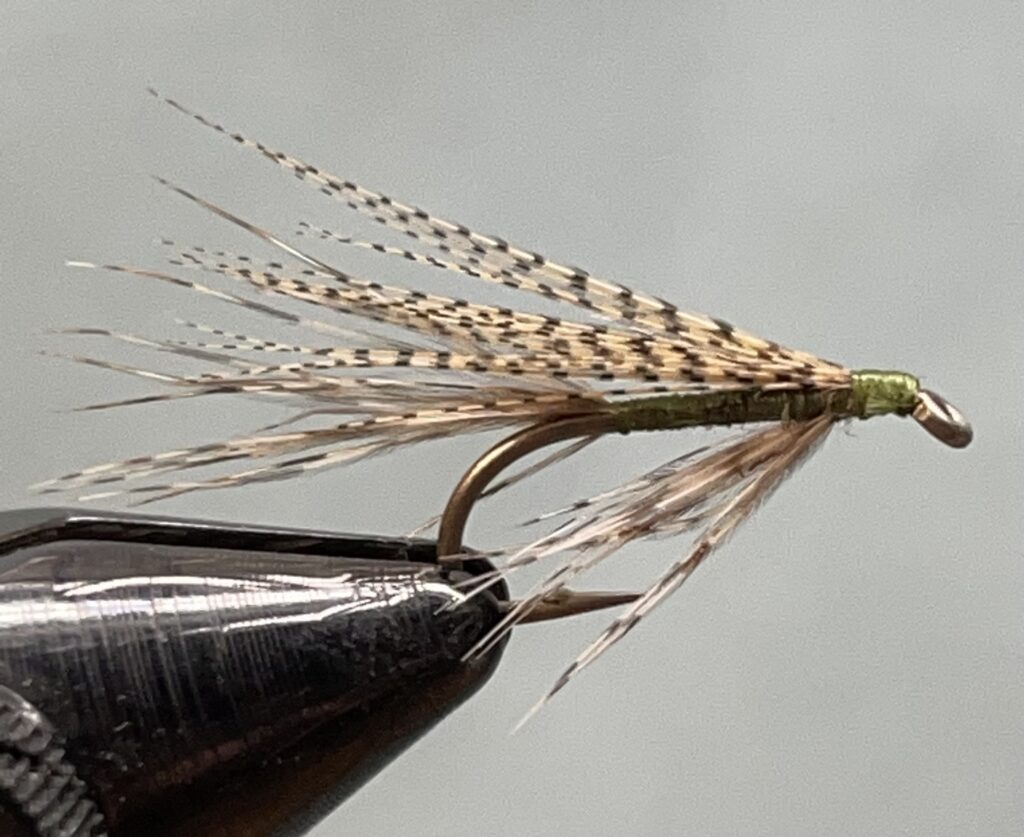
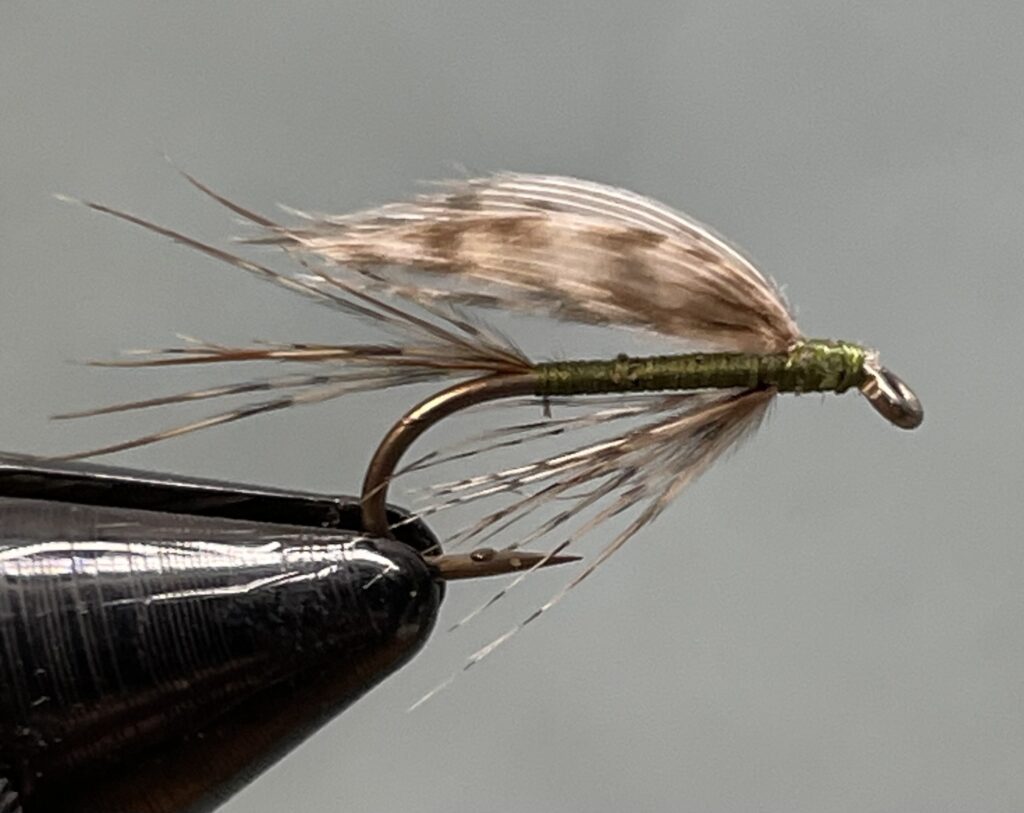
Historically, these fly patterns were usually fished “on the swing.’ This meant casting at an angle to the current in the downstream direction with a floating line, and allowing the fly or flies to swing across the current until directly downstream. The angler would mend the line upstream or downstream to control the drift (this is where the connection to steelheading lies) and add any extra action they preferred. This was the basic method, dating back to 18th-century England and 19th-century America, before dry fly fishing became popular in the late 1800s.
Many of the early soft hackles and wet flies were attractor patterns that did not resemble natural insects, such as the Royal Coachman. Others were clearly designed to imitate specific bugs. They were likely taken by trout as emerging insects or as drowned adults. It was very common in the past for anglers to cast a “brace of wets,” which meant two or three flies with the largest on the point and the others spaced apart on droppers above.
Fishing these patterns on the swing is a particularly effective way to introduce people to fly fishing, as the fish often hook themselves on the taut downstream line. Strikes can be quite exciting, even startling. A brace of flies offers multiple imitations and sizes at 2-3 levels in the water column, and, since the flies are on droppers, it is simple to switch patterns. This is a case of good news/bad news. The bad news is that they are easily tangled. Slooooowwww down, and keep an open casting loop.
Using this swinging method, an angler can cover a lot of water; however, just as in steelheading, swinging doesn’t lend itself to all water types. It is best suited to riffles, shallow runs, pools, and tailouts if you can swing from above. Deep pools and heavy pocket water might be better fished with other methods.
Other Ways to Use Soft Hackles
Soft hackles can be a versatile part of your angling toolkit. I frequently use them as the top fly on a tightline or indicator nymphing rig. For instance, when Blue Wing Olives (baetis) are present, a beadhead nymph on the point with a BWO soft hackle on the dropper above can be very effective.
If you find fish rising but can’t get them to take a dry fly, try swinging a soft hackle through the rising fish. This method caught many fish for me on Fall River recently in November. Often, rising fish are feeding on emerging insects just beneath the surface, and a soft hackle of the right size and color can be a good imitation. Remember, an emerger can be slightly larger than the adults you see on the surface.
Another method I’ve successfully used is to trail a soft hackle behind a streamer. On stillwaters, I’ve found that a peacock wooly bugger trailing a grayish-tan soft hackle (a callibaetis imitation) can be very effective. The trout can see and feel the bugger through their lateral lines, but will often take the soft hackle.
Modifications to the Soft Hackle Concept
A few years ago, I started experimenting with brass or tungsten bead-headed soft hackles. Soft hackles are “tied in the round.” In other words, they are symmetrical around the hook shank’s axis. As a result, they look the same from all angles around the fly. Once you add a wing, this symmetry no longer applies.
I decided to stick with “in the round,” and it proved to be very successful. I began tying quill, dubbed, and wire-bodied nymphs with brass or tungsten beads, sparse hackle, and sometimes a thorax. I found that these could be effectively swung like a wet fly or dead-drifted like a nymph—all in the same cast. In my experience, they swing better than asymmetrical nymphs like the hare’s ear or the pheasant tail. I tie those same flies in the round, without wing cases, with traditional bodies. When tightlining, I can dead-drift the flies for the first part of the cast and then let them swing downstream to complete the drift, much like a traditional wet fly. This method offers two completely different actions within the same cast. The rise of the fly at the end simulates an emerging insect, which is always a good thing.
I am especially fond of wire-bodied versions. I don’t consider them as specific patterns, but rather in terms of size and color. I tie them in sizes from 18 to 14 using different wire colors. I hackle them with partridge or fur in tans and greys. They are super fast to tie, so I don’t feel bad when I lose them.
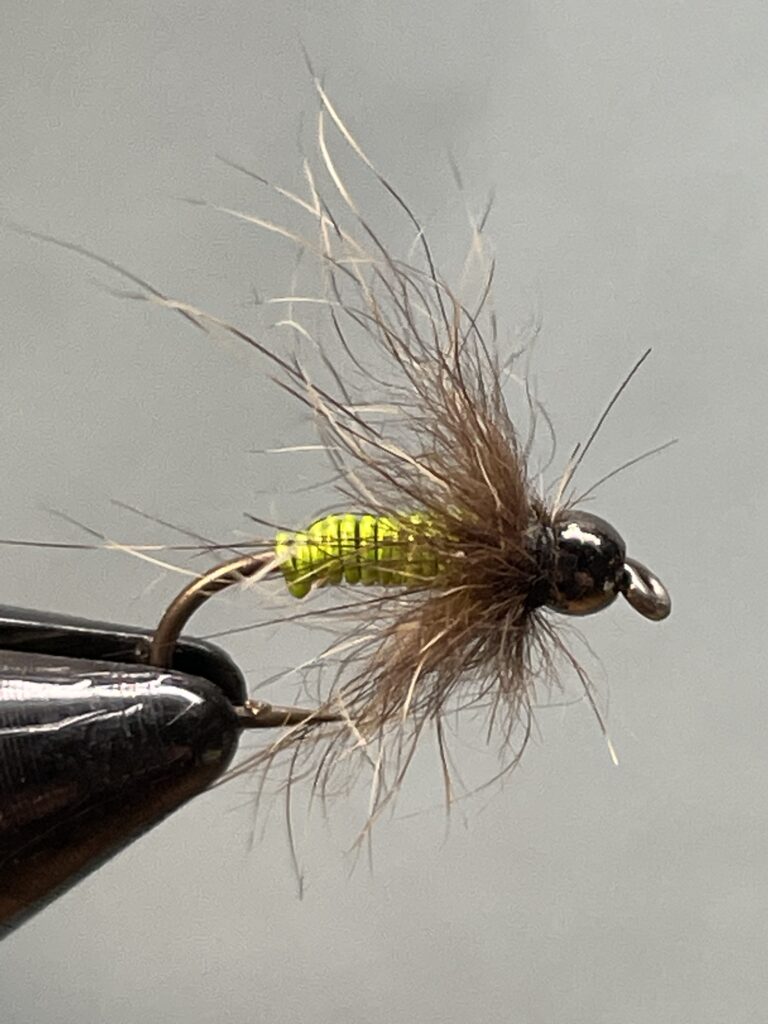
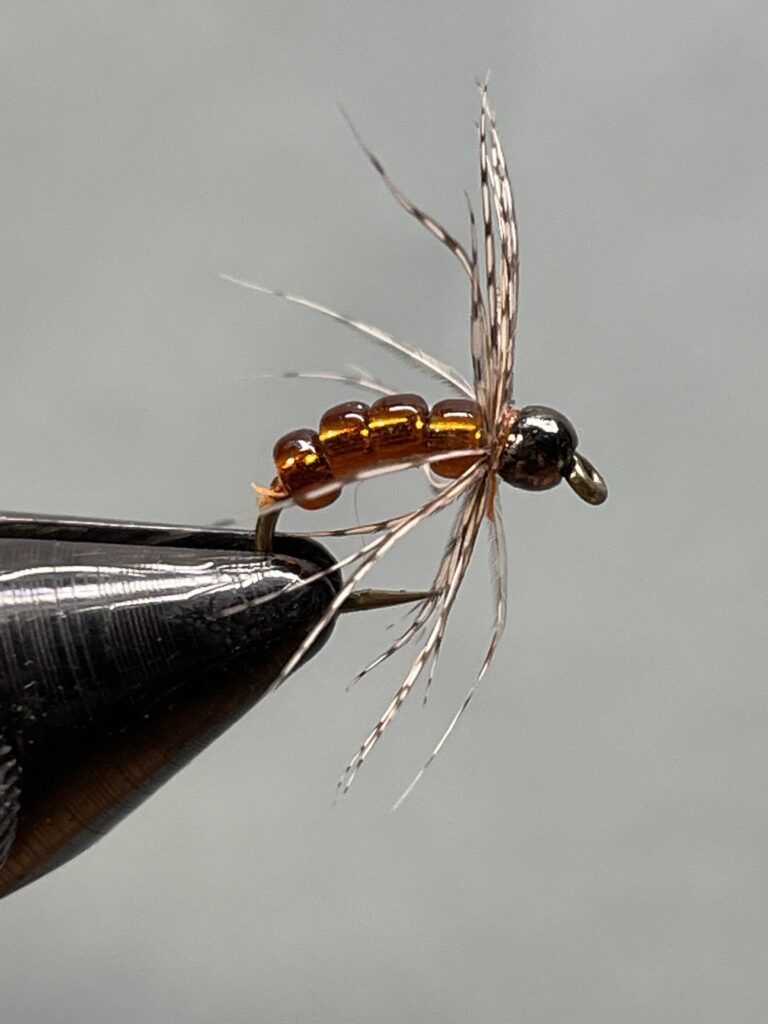
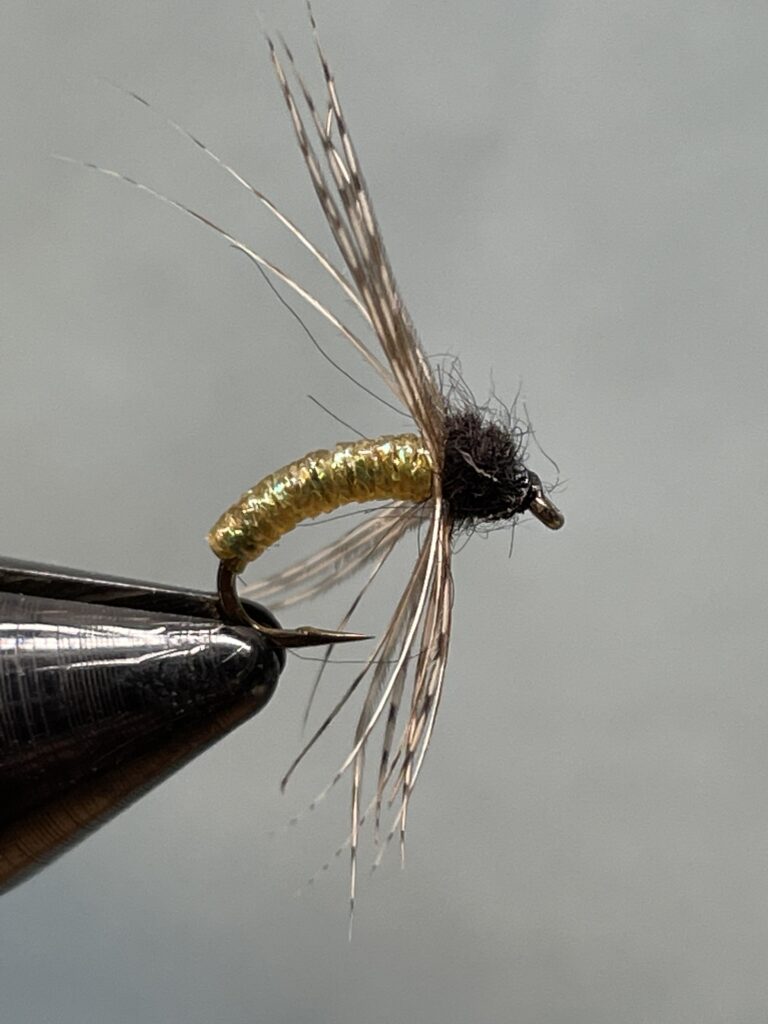
Soft hackles and traditional wet flies are easy to tie and very inexpensive. They don’t need any expensive materials—in fact, they don’t need much material at all. If you’re just starting out, soft hackles and midges are great patterns to learn. Plus, with just these two types of flies in various sizes and colors, you can fish for trout almost anywhere. If you’re interested in tying these patterns, there are several high-quality YouTube videos that can help. Barry Ord Clarke or Davey McPhail are good sources.
Soft hackles and wet flies fit nicely into a typical day of fishing. Since many of us enjoy catching trout on dry flies, we often start the day with dries. That usually means working upstream rather than down. If you switch to nymphs, that’s typically an upstream effort as well. But remember, whatever goes up must come down, especially if you’re going to get back to your car. That’s a great time to switch to soft hackles and wets and fish your way back downstream. I often use this strategy, and it works well because, by the end of the day, I’m tired, and swinging flies downstream requires less concentration and energy than dry flies or nymphs. If you enjoy using two-handed trout rods, soft hackles, and wet flies will fit right in. They’re fun and they work! Give them a shot.



